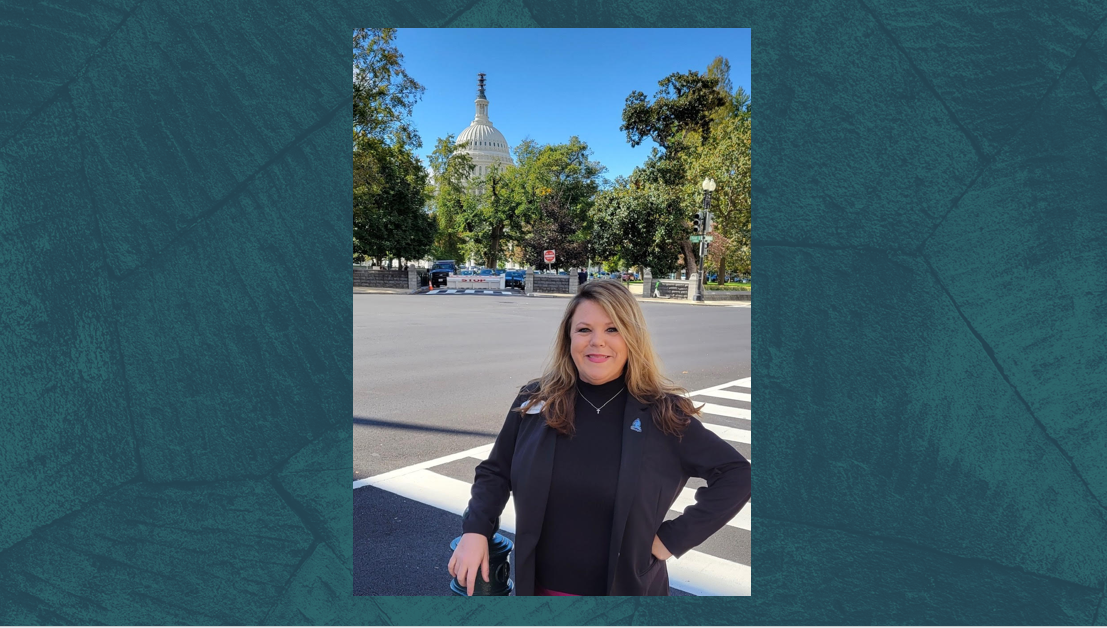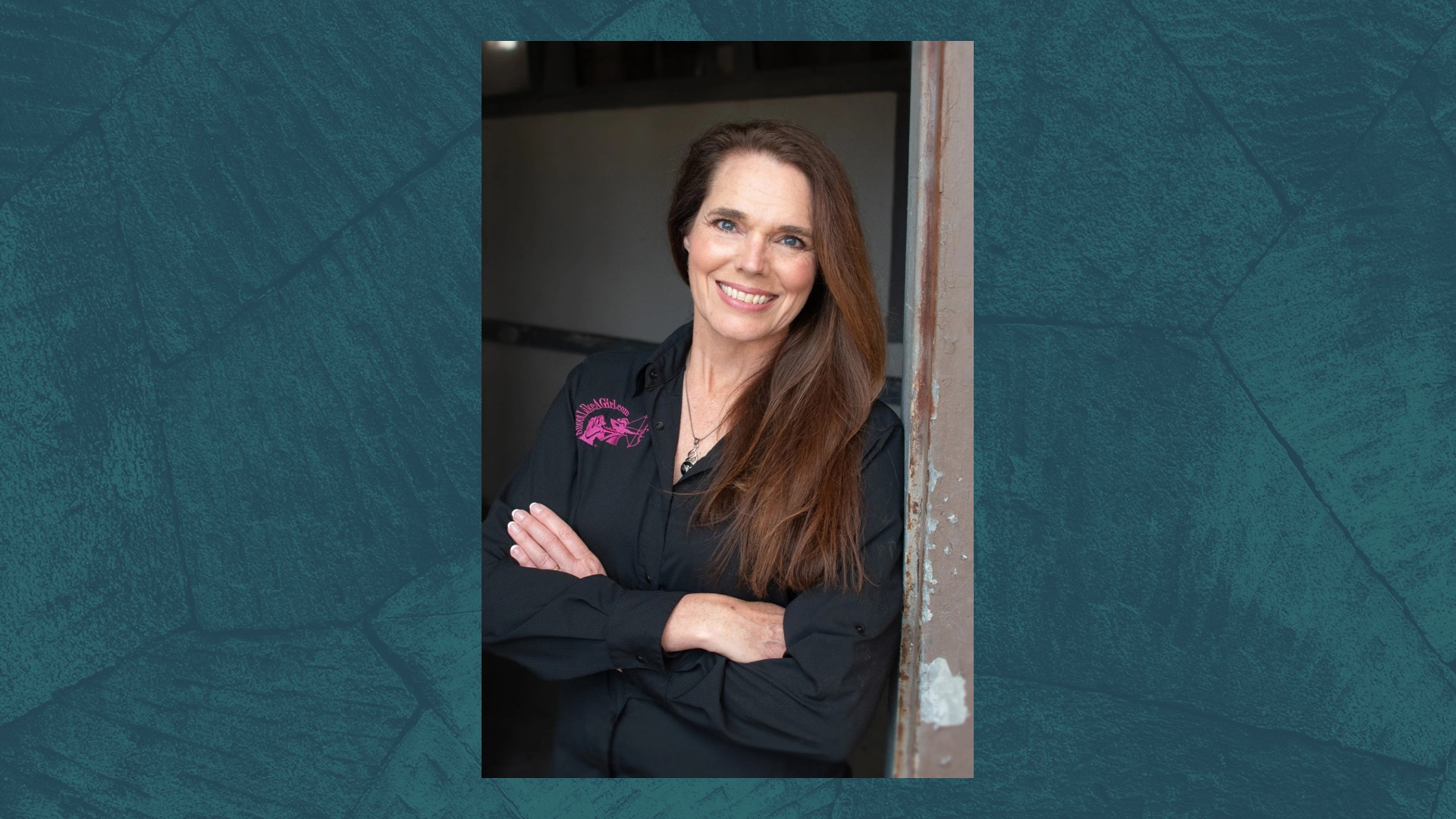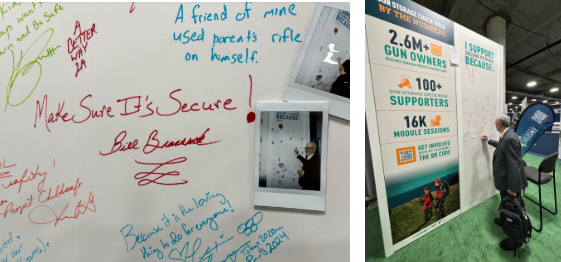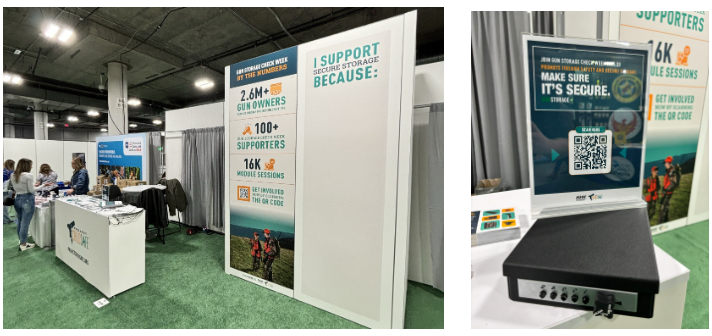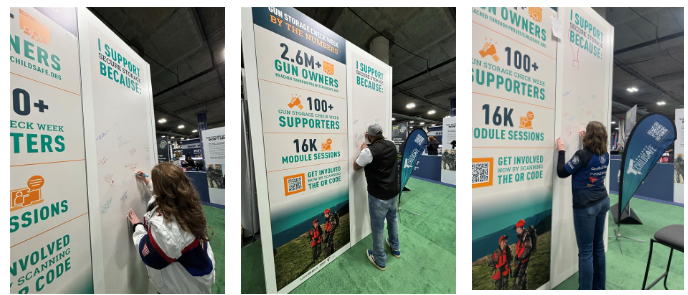By: Cheryl Todd
Vice President of Arizona Citizens Defense League and co-host of the GunFreedom Radio Podcast
In the modern world, the intersection of women and firearms is often viewed as an unusual or even surprising topic, but it is one that carries significant weight in both history and the future of our nation. It is not just about the tools and training unique to the female physique but also about how women in the United States are engaging with the very foundation of our Constitutional protections, particularly the Second Amendment.
Women, especially mothers, have long been seen as the gatekeepers of safety in the home—responsible for everything from keeping sharp knives out of reach to securing medications, cleaning products and, yes, firearms. Just as women safeguard their homes from potential harm in countless ways, they are also key players in the conversation about gun rights and safety.
A particularly poignant anniversary related specifically to women recently passed: the 100th anniversary of the 19th Amendment, which granted women the right to vote. In a country that has been around for nearly 250 years, this right has only been available to women for the last 100. For many of us, it is hard to imagine there was ever a time when women couldn’t freely walk into a polling station to cast their vote, let alone that it was once a radical, illegal act for women to even think about voting.
That right, however, was not handed to us; it was fought for and hard-won. Women who sought representation through the ballot box were seen as divisive and extremist, and the fight for suffrage cost many of them dearly. Some women were ostracized by friends and family, and others faced imprisonment. But after years of struggle, sacrifice and perseverance, the 19th Amendment passed and was ratified and adopted in 1920. From that day forward, women across the country gained the ability to shape the direction of the nation through their votes.
So, wouldn’t you think that once we won the right to vote, women would be unwavering in defending every syllable of every other enumerated Liberty our Founding Fathers and Mothers fought, bled and died to secure? Wouldn’t we stand tall and proud, storming the doors of every polling place, defending our rights and the values that have defined our nation?
Unfortunately, the reality is more complicated. As we passed the 100th anniversary of women’s suffrage, efforts are afoot to chip many of our rights slowly away — often led by other women. Misinformation, emotional appeals and political maneuvering have led some to make choices that undermine our freedoms. Many of us have allowed ourselves to slip back into thinking that government programs—rather than our own actions—can protect us and our families. We’ve allowed ourselves to slip backward in our thinking, voting for laws that separate us from our freedoms, including the most basic of rights—the right to defend our lives and our families.
Perhaps the most significant right at stake today is the Right to Keep and Bear Arms, a fundamental right that protects our ability to defend ourselves. In an era where some organizations try to claim women are too fragile or incapable of handling firearms, we have allowed ourselves to be manipulated into seeking permission from the very government that we fought to gain even the most basic of rights. These voices suggest that women should remain helpless, waiting for a “big, strong government program” to save us, rather than empowering ourselves to protect what matters most.
However, in defiance of this narrative, women across the country are rising up, taking action and fighting to ensure our rights—especially the right to bear arms—are not diminished. As the co-host of the GunFreedomRadio Podcast and the proud Vice President of the Arizona Citizens Defense League (AzCDL), a non-profit, grassroots organization that is dedicated to protecting and advancing the Second Amendment rights of Arizona citizens, I am working to educate legislators, the media and the public about the importance of the Second Amendment. Through these efforts, I am joined by thousands of other women and men in promoting responsible gun ownership through community outreach and advocacy. We believe that education—not legislation—is the key to safer homes and safer communities for our children and for all of us. We carry forward the legacy of the suffragists who fought for our right to vote, and our voices are helping to shape a future where freedom is not only preserved but strengthened.
Women and guns are not an oddity, novelty or a contradiction—they are part of the same story. Women are at the heart of their families, their communities and our nation. We understand the power of our rights: the right to vote, the right to defend ourselves and the right to shape our future. These rights are inseparable. Through our actions, we teach our children the importance of showing up, speaking up and using the 19th Amendment to protect the Second Amendment. We understand that our rights are not just abstract ideas—they are essential to our freedom, our safety and our strength.
So, when we talk about women and guns, we’re talking about much more than firearms. We’re talking about the power we have to protect ourselves, our families and our communities. We’re talking about the legacy of women who fought for our right to vote and the responsibility we now carry to defend that right—along with the Second Amendment—every day, not just during election seasons, but in every season of our lives.
Cheryl Todd is the co-host of the GunFreedomRadio Podcast and a passionate advocate for the Second Amendment. As the Vice President of the Arizona Citizens Defense League (AzCDL), a non-profit, grassroots organization dedicated to protecting and advancing the Second Amendment rights of Arizona citizens, she educates legislators, media and the public on firearm rights, safety and the importance of preserving individual freedoms for future generations.


